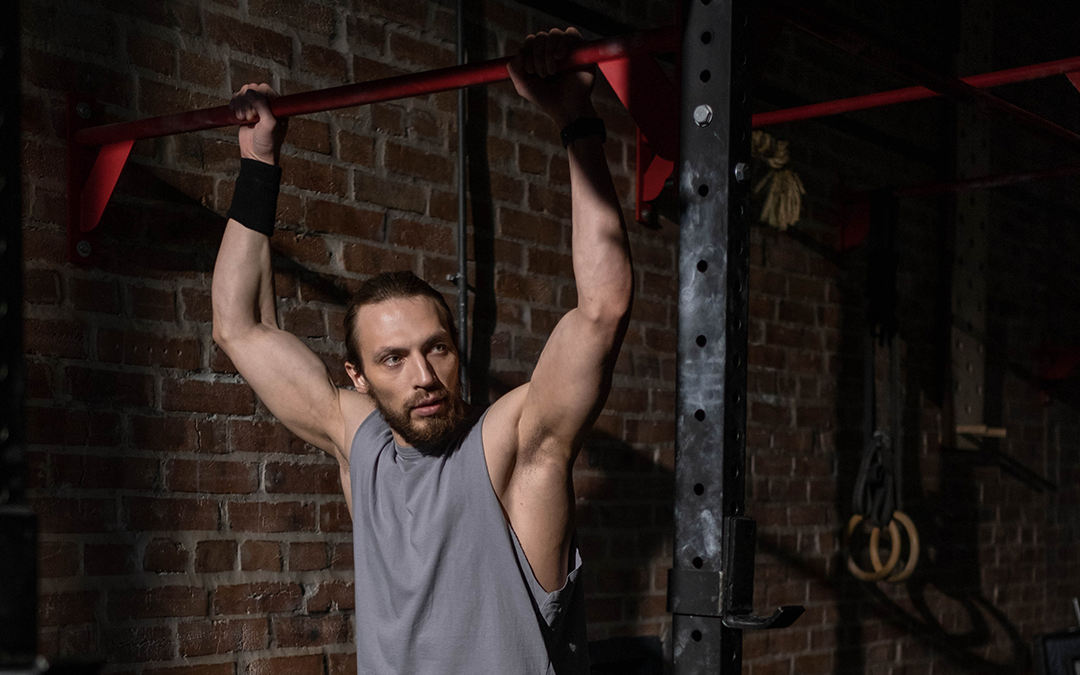I have often touted the benefits of incorporating 4 pillars of exercise into your weekly physical activity routine:
- Cardio, such as running or swimming or cycling, for maintaining a healthy weight and improving cardiovascular health
- Resistance or strength training, for improved body composition
- Core exercises, such as Pilates or crunches or yoga, to maintain healthy posture and decrease back pain
- Flexibility, such as stretching or yoga, for minimizing risk of injury
I’ve also said that the first two are particularly helpful for weight loss. Like many of my colleagues, I have explained that resistance training benefits weight loss by increasing lean muscle mass, and the more muscle you have, the more you burn fat because the higher is your basal metabolic rate. Until recently, there hadn’t been an understanding of how building muscle can directly cause fat burning to increase.
Fat, or adipose tissue, is actually very active. It is not just an inert blob. We are learning more about how hormones and chemicals in the body impact that tissue, turning on and off the process of building up fat or breaking down; the latter is known as lipolysis. That is when fat loss happens.
The Influence Of Lipolysis via Resistance Training
A recent study showed what has been suspected for some time – that strength training stimulates not only muscle growth, but also directly stimulates lipolysis. How does it do this? It turns out that straining muscles causes a release of tiny bubbles of little pieces of RNA called micro RNA (miR-1). This genetic material travels to fat tissue and stimulates a change in the genetic expression of the fat cells. This microRNA causes fat cells to be used for energy by promoting the breakdown of fat into fatty acids that can be used as fuel for the body. It appears that the impact of strength training can last up to 24 hours, but more research is needed to prove that.
Are Certain Types of Resistance Training Better?
We don’t know if one particular type of resistance training is better than others, but it does seem the more strain you place on muscle, the better. If you are particularly working on weight loss, I would recommend that you capitalize on this effect by pushing yourself harder during your strength training and making sure you work out the whole body over the course of the week, especially your larger muscles – your back and leg muscles. You can split up your work-outs into multiple days a week, but don’t ignore those leg days! Those larger gluts and quads likely have the largest impact on this lipolysis effect.
When working towards improving your body composition, strength training helps in multiple ways. It can help directly build muscle, can help increase your metabolism and now we know can also directly help you burn fat as a source of fuel. If you hate the gym, do resistance training at home using bodyweight exercises like pull-ups, punch-ups, and square or burpees.
Are you getting the nutrients you need for long-term health? Download my Top 10 Supplements For Men PDF to learn about the most critical supplements you need.
Myles Spar, MD, MPH is board certified in Internal Medicine and in Integrative Medicine. As a clinician, teacher and researcher on faculty of two major medical centers, he has led the charge for a more proactive, holistic and personalized approach to care that focuses on cutting edge technology and preventative care. Dr. Spar has been a consultant with the NBA, presented a TEDx Talk, appeared on national television, and been featured in publications such as the Men’s Journal and the Los Angeles Times. He was most recently National Medical Director and Chief Medical Officer of a national medical practice, but is available to consult with individual patients interested in a personalized approach to optimal performance and health.


